The Weekend Australian Review story: ‘Dazzling Dress-Up: Icelandic artist Shoplifter’, November 2016
A feature story for The Weekend Australian Review, published in the November 26 issue. Excerpt below.
The 10th anniversary exhibition at Brisbane’s GOMA is enveloped in a remarkably bright installation by Shoplifter
Affixed to the glass above the entrance to Brisbane’s Gallery of Modern Art is a large decal depicting a curious meeting of blue and orange. At first glance, the nature of the bright substance in the image is unclear: is it smoke, paint, fairy floss, or something even weirder? Positioned in the centre of this combination are some words –”GOMA Turns 10″ –and on walking through the doors, another great bloom of colour reveals itself, positioned high up on the right wall, as if a psychedelic shagpile carpet has been transposed to the vertical plane.It’s only upon journeying further into the building –past the fences that surround a towering, under-construction slippery slide –and turning right into the Long Gallery, however, that the mystery substance suddenly makes sense: it’s hair, and there’s a bloody lot of it. Stepping closer to take it all in, the first comparison to spring to mind is that a sizeable chunk of the Great Barrier Reef’s most spectacular section of coral has somehow been transplanted here. Two white walls are connected by a furry overpass that tickles the top of your head as you walk beneath it, and in between the neutral surfaces is an ocean of bright purples, pinks, blues, greens and yellows.
Named Nervescape V, this immense installation has clearly been designed as interactive art, as the urge to touch the extraordinary arrangement of synthetic hair will be practically irresistible for any attendee, no matter their age. Its prominent position in the downstairs gallery reflects its role as a key attraction of Sugar Spin: You, Me, Art and Everything, an exhibition curated by GOMA’s manager of international art Geraldine Barlow. Next month the gallery celebrates its 10th anniversary, and Barlow has been digging through storerooms to rediscover some of GOMA’s greatest hits since its opening: hence the enclosed, multistorey slide, otherwise known as Left/Right Slide by Belgian artist Carsten Holler, which first appeared in 2010.
In a decade of showcasing conversation-starters and eye-poppers while becoming the nation’s most-visited art complex –together, the Queensland Art Gallery and GOMA attracted 1.8 million visitors in 2010 –the gallery has never seen anything quite like this. Casting her eyes across the phenomenal field of colour that envelops the space and extends high up the wall, Barlow compares it with “giving the building a bit of a hairdo”, and it’s hard to disagree. There’s nothing subtle about this piece, and that too is by design.
“Nervescape is like a model for the whole exhibit,” she says of Sugar Spin. “There’s a vast collection here: I’ve plucked out popular favourites, but it’s important for me to use those in a storytelling mode that’s not entirely didactic, but which sets up a rich ground that sparks off peoples’ own natural sympathies, interests and curiosities.”
Barlow is also hopeful that the sights and sensations encountered in these spaces will stick in the minds of visitors long after they have left. “Queensland has its theme parks, and people look to them for a certain kind of pleasure and joy of taking them out of their daily realities,” she says. At GOMA, “we need to do that differently, but still understand that people want a sense of delight and wonder, and a place that gives them an energy back — it doesn’t just require them to read a long, serious text [beside an artwork] to know what’s going on.”
It is early November when Review visits GOMA for a preview of Nervescape V, whose installation was completed the day before with the aid of two scissor lifts and a dedicated team of assistants. The visual artist behind the work is Hrafnhildur Arnardottir, though given how tongue-twistingly alien her Icelandic birth name appears to the average English speaker, she is happy to be addressed by the nickname Shoplifter — or Shoppy for short, which perfectly suits the Australian preference for proper noun truncation.
To read the full story, visit The Australian. Above photo credit: Glenn Hunt.

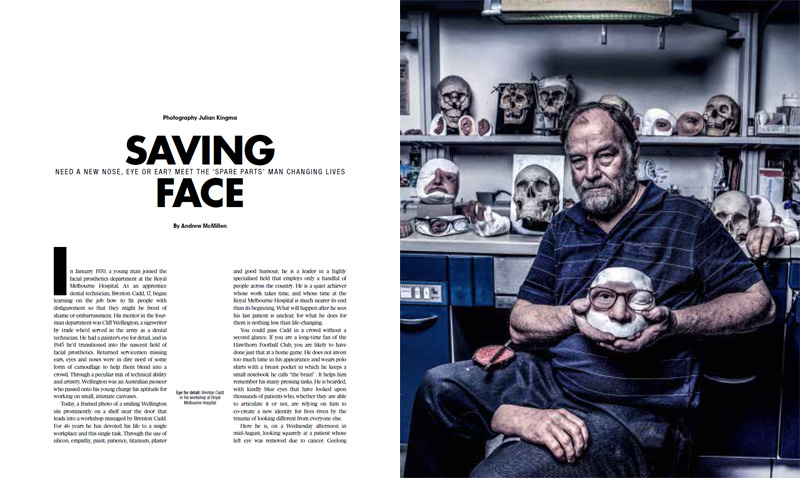

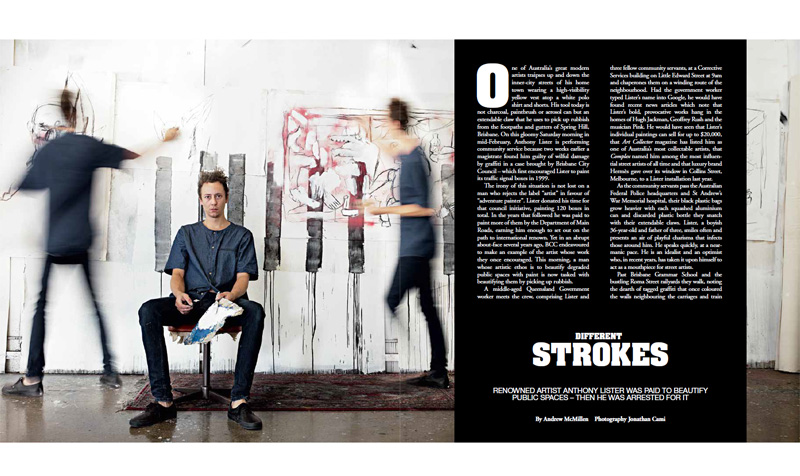

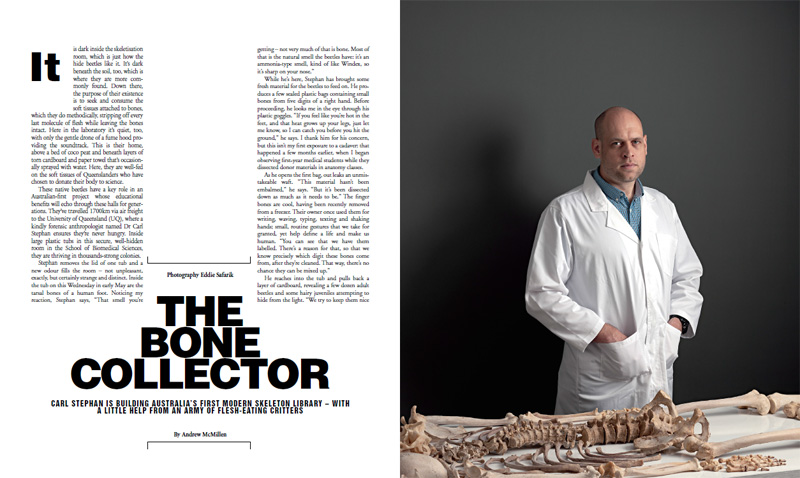
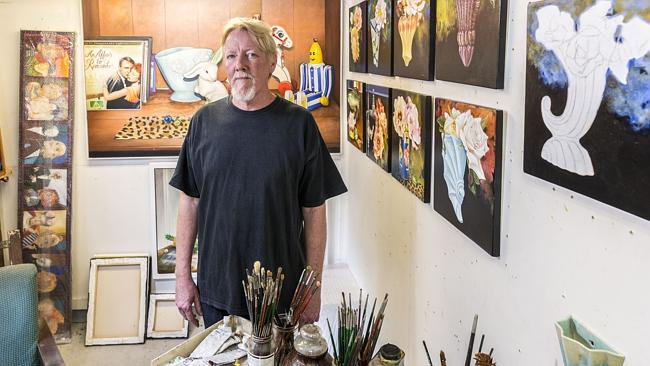


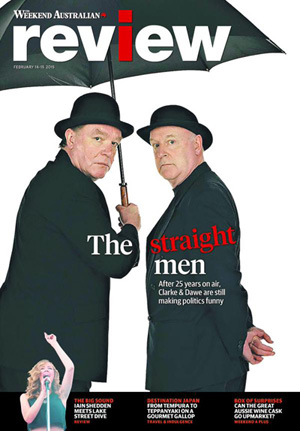


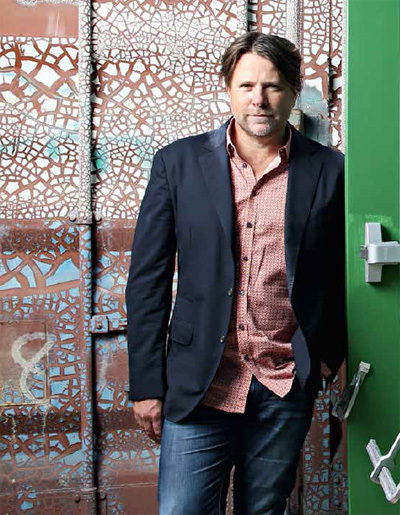 As we walk downstairs, I ask Collins what’s at stake here. “My reputation,” he replies. “And a bit of money. I’ve willingly put my name and my hand up to back this project. If it doesn’t work, my partners can walk and do another one, whereas I’ll go down with the ship. Obviously I’ve put a lot of time, energy and passion in, and I’d like it to work financially, too.”
As we walk downstairs, I ask Collins what’s at stake here. “My reputation,” he replies. “And a bit of money. I’ve willingly put my name and my hand up to back this project. If it doesn’t work, my partners can walk and do another one, whereas I’ll go down with the ship. Obviously I’ve put a lot of time, energy and passion in, and I’d like it to work financially, too.”